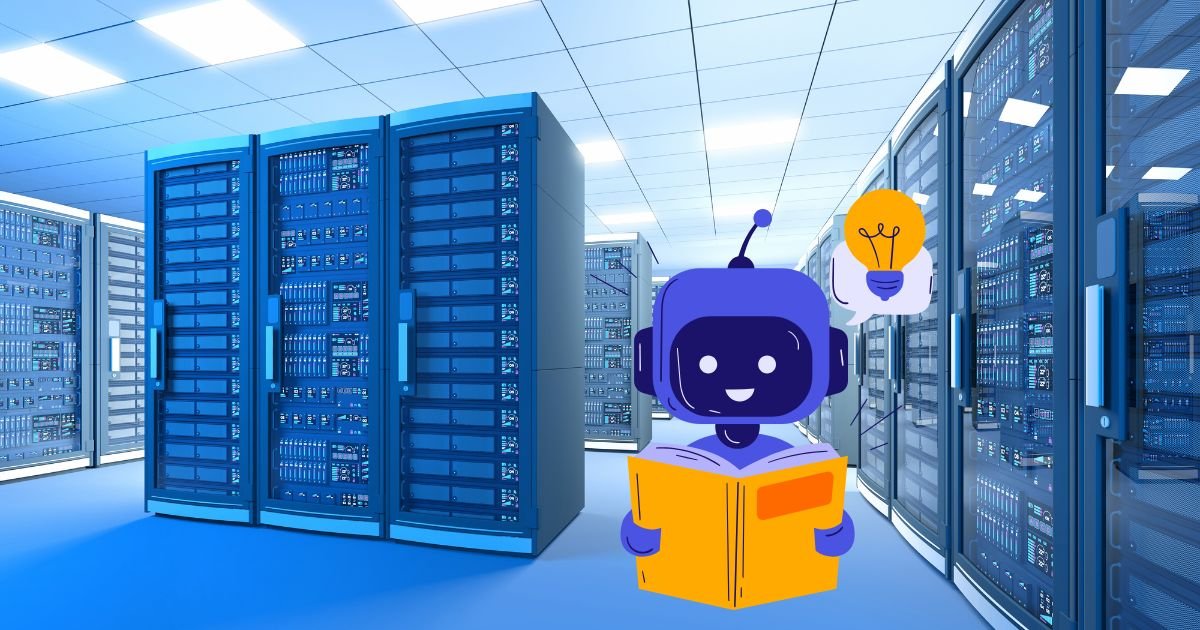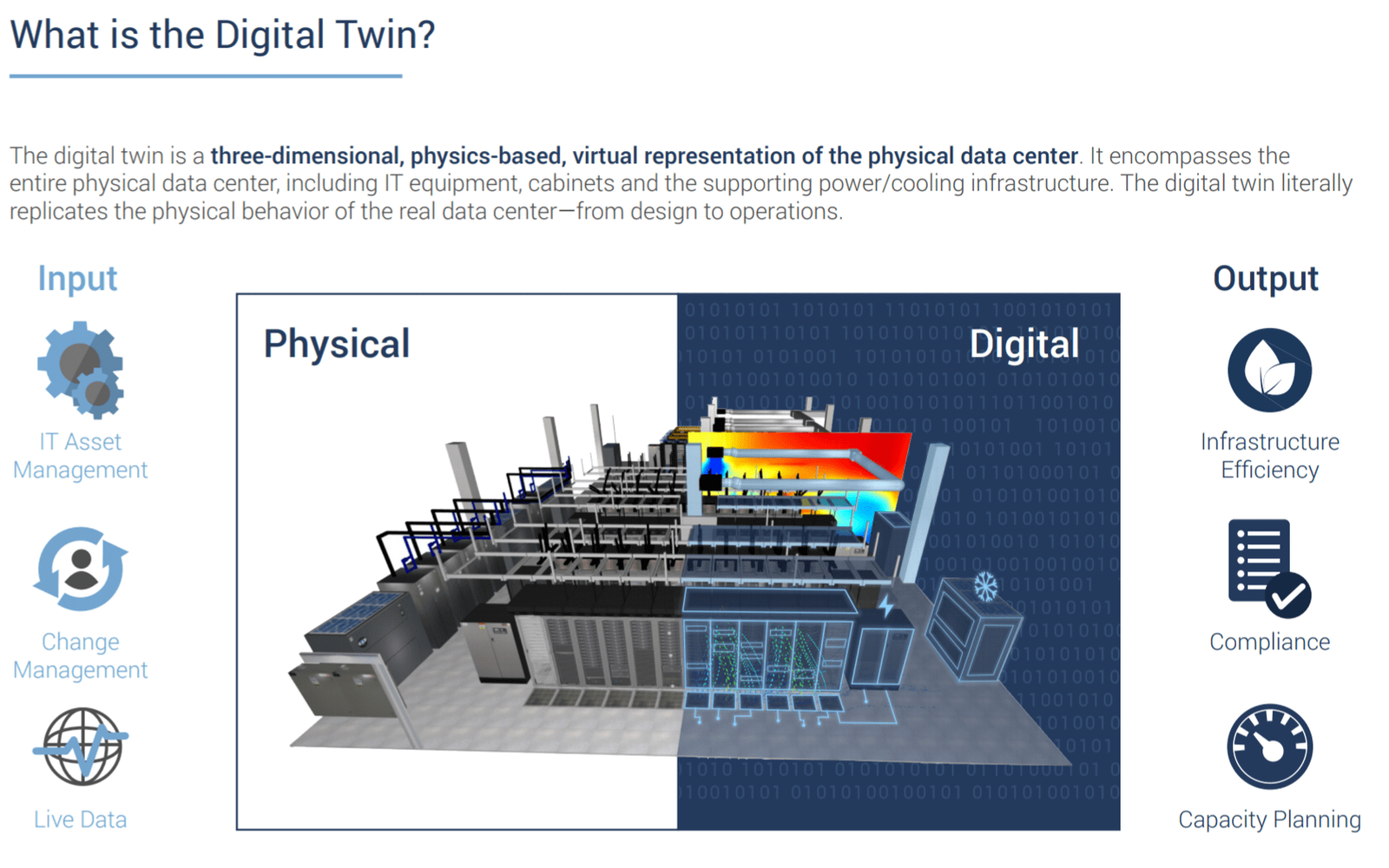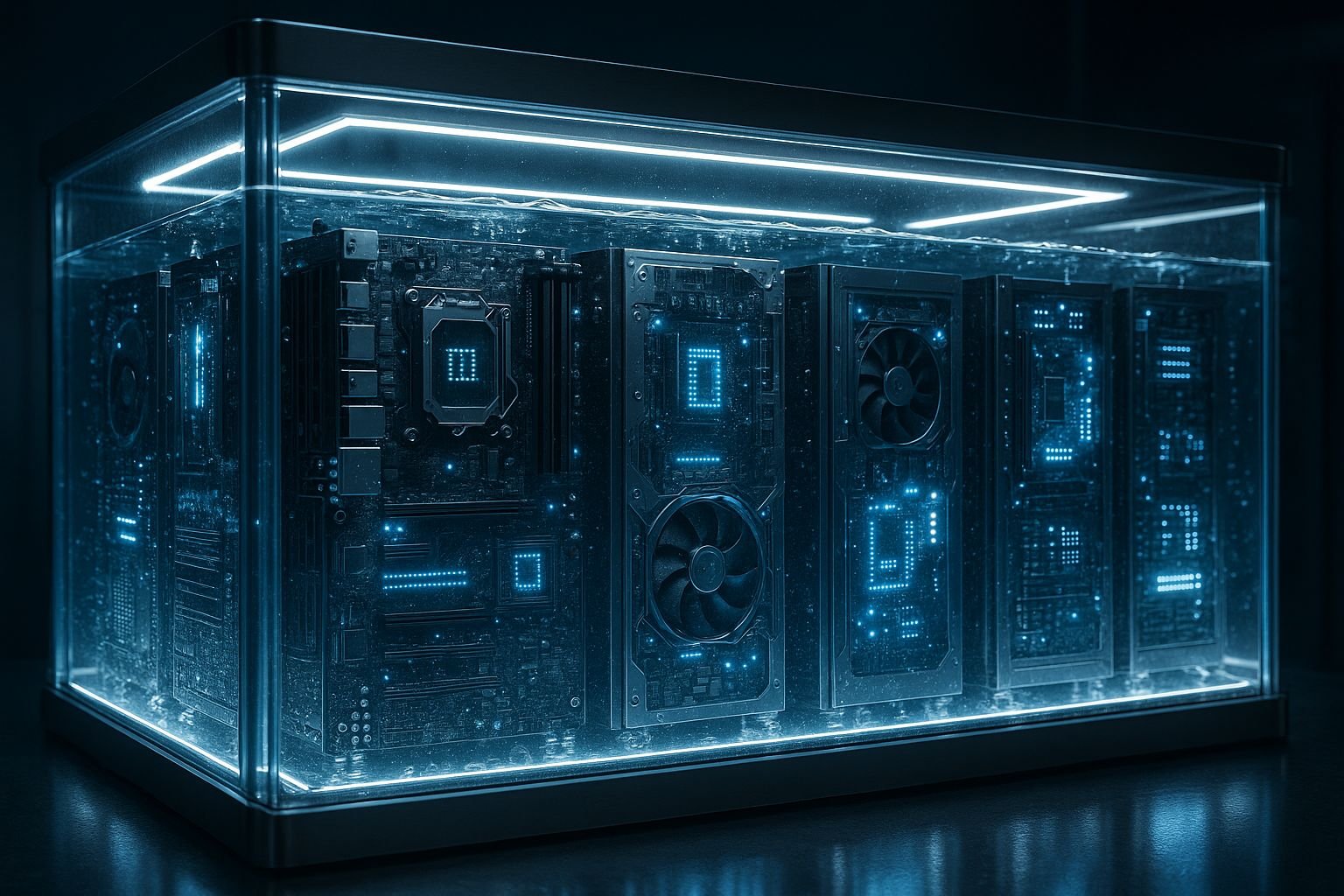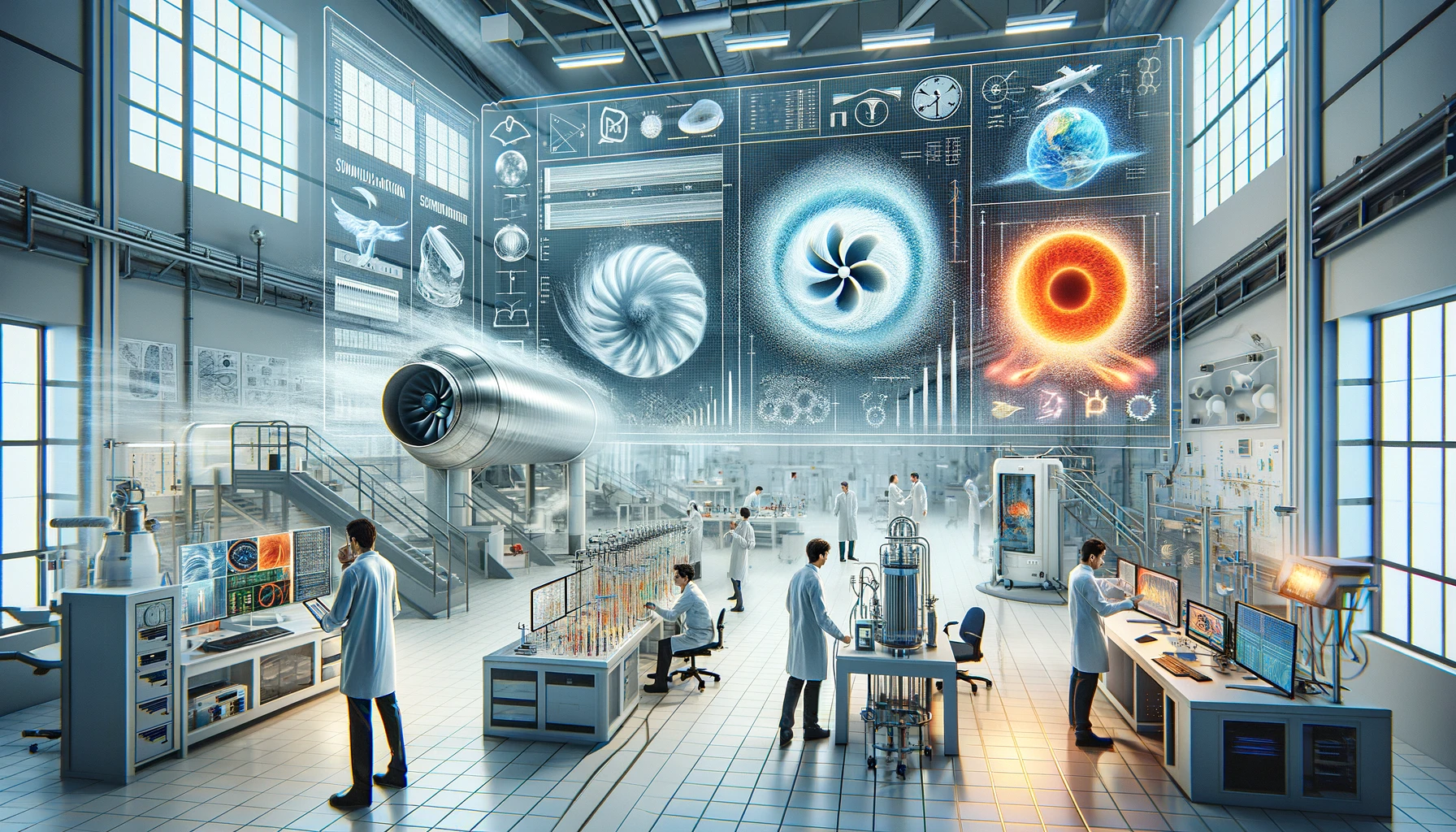
Table of Contents
Introduction: The Challenge of Modern Data Centers
In today’s digital age, data centers serve as the backbone for virtually every online service—ranging from entertainment and communication to banking and research. As demand for computing and storage continues to grow, so do the scale, energy consumption, and complexity of these facilities. Despite improvements in hardware and infrastructure, many data centers still rely on static, rule-based control systems for managing workloads, cooling, and maintenance. These approaches often result in suboptimal energy use and unpredictable failures. With increasing demand to improve both efficiency and reliability, machine learning (ML) offers a transformative solution by enabling intelligent, adaptive control mechanisms.
Machine Learning: An Overview of Its Role
Machine learning algorithms excel at discovering patterns in large datasets and making informed predictions or decisions. When applied to data centers, ML can analyze vast streams of sensor data, operational logs, and performance metrics. These models deliver real-time insights, helping to fine-tune system parameters dynamically. Rather than replacing traditional infrastructure, ML enhances existing systems. It introduces a responsive layer capable of adjusting cooling strategies, balancing computational loads, and predicting failures before they occur—something static rule-based systems struggle to achieve in dynamic environments.
Energy Efficiency: Cooling and Load Optimization with ML
Cooling systems are among the largest contributors to a data center’s total energy consumption, often accounting for 30–40% of overall use. The efficiency of cooling infrastructure is typically quantified by the Power Usage Effectiveness (PUE) metric, which is the ratio of total facility energy consumption to the energy consumed by core IT equipment. Lower PUE values indicate more efficient energy use. Optimizing PUE is a complex task due to the nonlinear, coupled dynamics of HVAC systems (including chillers, cooling towers, pumps, and CRAH units) and the diversity of controllable and uncontrollable variables involved. Traditional physics-based models of these systems are difficult to establish accurately, as they require detailed knowledge of system components, their correlations, and dynamic behavior. Moreover, mathematical optimization of HVAC set points faces challenges such as multiple constraints, discrete and continuous state variables, and high computational cost often yield only approximate local optima with long runtimes.
To address these challenges, machine learning provides a promising data-driven alternative. utilizing rich sensor data covering controllable variables (like fan speeds, set points), environmental parameters (temperature, humidity), and system operating conditions ML models can accurately predict PUE and learn the complex relationships between system features and energy efficiency.
A typical ML-based PUE optimization framework involves several key steps:
- Data Collection and Feature Engineering: Gathering extensive sensor data to identify relevant features influencing PUE, including both controllable variables (e.g., chiller set points) and uncontrollable ones (e.g., outdoor temperature).
- Model Building: Using machine learning algorithms to develop predictive models that simulate the PUE response given specific input features, including rigorous data cleaning, hyperparameter tuning, and validation.
- Sensitivity Analysis: Performing analyses to understand how variations in controllable variables affect PUE, thereby identifying optimal adjustment strategies.
- Optimization and Feedback: Implementing the optimal set points within the system, monitoring performance, and using feedback to continuously refine the model and control policies.
Through this approach, ML can dynamically adjust cooling parameters such as:
- Fan speeds in server rooms to match cooling capacity with real-time IT load,
- Set points of chillers and HVAC systems to balance energy use and thermal comfort,
- Airflow direction and supply temperature to eliminate localized hotspots.
Real-world implementations of these ML models have demonstrated the ability to reduce PUE significantly sometimes achieving prediction errors below 0.5% for PUE values around 1.1 and enable energy savings by adjusting operational parameters like increasing chilled water temperature without compromising safety or equipment lifespan.
Furthermore, ML facilitates real-time workload scheduling, shifting computational tasks to servers under cooler conditions or lower power use, thereby minimizing thermal stress and peak energy demand. Advanced cross-layer optimization strategies that jointly tune IT load distribution with cooling and power systems are being explored to push energy efficiency boundaries further.
Predictive Maintenance: Preventing Downtime Before It Happens
Equipment failures in data centers can lead to expensive downtime, data loss, and customer dissatisfaction. Traditional maintenance approaches whether time-based or reactive are often inefficient, leading to either premature component replacements or unexpected failures.
ML enables predictive maintenance by analyzing operational logs, temperature fluctuations, vibration signatures, voltage readings, and fan speeds. By detecting anomalies and recognizing early signs of wear or failure, these models provide alerts well before breakdowns occur.
For example, a deviation in a cooling unit’s behavior might trigger an alert prompting inspection, long before a complete failure. Over time, the models improve by learning equipment-specific failure modes, optimizing inspection schedules, and reducing unnecessary interventions.
Environmental and Business Impact
Improving energy efficiency through ML not only reduces operating costs but also significantly decreases the environmental footprint of data centers. With rising concerns over greenhouse gas emissions and stricter sustainability targets, energy-optimized data centers contribute meaningfully to climate goals.
From a business perspective, deploying ML leads to:
- Lower operational expenses
- Reduced unplanned downtime
- Prolonged equipment life
- Improved regulatory compliance
These advantages translate into better service delivery, reduced carbon emissions, and enhanced competitiveness in an increasingly sustainability-focused market.
Conclusion: A Smarter, Greener Future for Data Centers
By helping data centers optimize themselves, prevent problems before they happen, and adjust to changing demands in real time, machine learning is changing how these facilities run. As computing needs increase and environmental rules become stricter, using data driven methods are essential. This technology will also play a key role in automating data center operations, making them more efficient and reliable.








